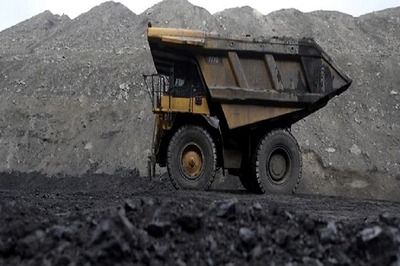
views
Russia has successfully carried out the launch of its first humanoid robot in space. Earlier today, the unmanned Soyuz MS-14 spacecraft took off for the International Space Station (ISS) from the Baikonur Cosmodrome at 9:08AM IST (8:38AM local time), carrying the humanoid robot Fedor to space alongside medical and food supplies for the human crew presently residing in the ISS. Fedor, whose name stands for Final Experimental Demonstration Object Research, is a Skybot F-850 humanoid that is roughly the size of an average adult, and is capable of emulating specific movements of the human body.
The Soyuz MS-14, which carries a payload of over 650kg in total, will dock at the ISS with Fedor seated in a specially adapted seat inside on Saturday, August 24. The spacecraft will remain there till September 7, following which it will begin its return back to Earth. According to a statement shared by Russian space agency Roscosmos with various media outlets, the key objective of sending Fedor to space is to evaluate its capability of assisting humans in dangerous tasks such as carrying out electrical repairs, which often demand spacewalks.
Despite the marvel and the romance associated with spacewalks, the deed still remains a precarious job, with meticulous calculations retaining a fine balance of pressure, air supply and timing. Given the obvious mechanical advantages of robots in harsh environments such as space, it remains to be seen how Fedor performs, and what precedent it sets for fellow humanoids to follow. The research material will also contribute to studies that evaluate the conditions necessary to facilitate long distance explorations deep into space.
Incidentally, Fedor is not the only humanoid to have shuttled its way to space as of now. NASA's Robonaut 2, built in collaboration with General Motors, is the title-bearer of that feat, when it flew to the ISS in 2011 and returned only last year due to mechanical failures while in space. The mission is also a test for the Soyuz 2.1a booster for Russia, which now features a digital flight control system and upgraded engines, designed for more assured trips to space. All systems have returned positive results until now, with Fedor safely strapped inside with a Russian flag in hand.

















Comments
0 comment